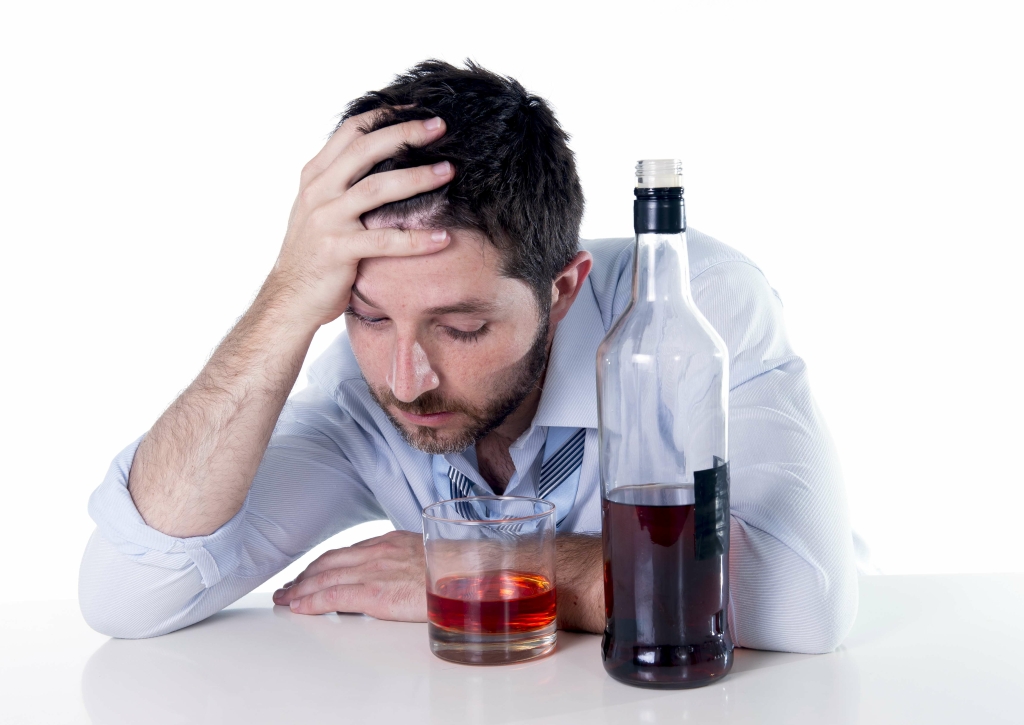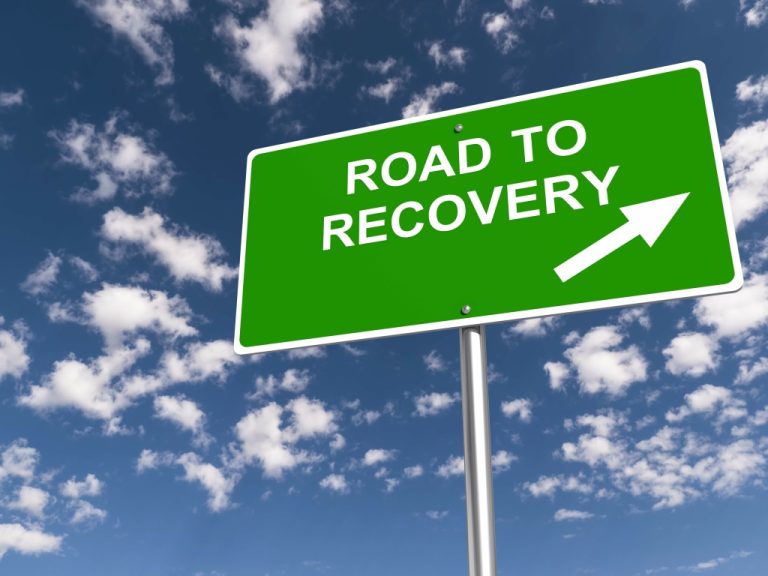Avoiding every difficult situation forever isn’t realistic, but building a plan to handle them when they come up? Either way, it’s important to know your limits and avoid unnecessary exposure when you’re still rebuilding. Being around the people you used with, visiting places tied to substance use, or slipping back into old routines can trigger cravings even if you’re committed to staying sober. Whether it’s shame from the past, anger at a situation, or boredom that feels intolerable, these emotions can trigger impulsive decisions if you don’t have tools to manage them. When you’re isolated, it’s easy to start believing that no what is alcoholism one would notice—or care—if you relapsed. That belief often grows stronger the longer you go without meaningful connection.
What are examples of addiction triggers?

Alone, each of those can cause strain and make days a little more difficult. Together, however, the challenges can feel insurmountable if you don’t have the coping skills or types of relapse triggers support network to process them. Internal triggers come from within – things like emotions and thoughts – while external triggers are tied to outside factors, such as the environment. Understanding and addressing these triggers with professional support can strengthen recovery and reduce relapse risks.

The Importance of Recognizing Emotional and Environmental Factors
- This could include hanging around with others who are actively using drugs or abusing alcohol.
- Our team is dedicated to helping individuals and families find lasting recovery.
- Note the time when cravings arise and events or emotions surrounding them.
- Replacing unhealthy habits with positive ones is one of the most effective strategies for handling triggers.
If you don’t replace the behavior with something that meets the same need, you’ll fall back into old patterns. Feeling sad, anxious, or angry can happen without a clear reason and might show up suddenly. You might feel fine one minute and then be hit with a wave of discomfort the next. Emotional distress can often https://nayabook.com/drinks-to-lower-blood-pressure-quickly/ be linked to underlying stress or unresolved feelings that we might not even notice until they surface. Substance use triggers are high on the list of areas to look out for on the road of recovery and are the focus of today’s post. Choice House is a Colorado treatment center with an admissions director ready to talk to you about treatment options for lasting sobriety.
Recognizing Warning Signs
- It can stem from common sources like work, personal relationships, financial concerns, and self-imposed expectations.
- Healthy relationships can act as buffers against common relapse triggers such as stress, loneliness, and negative emotions.
- It is easier to avoid a particular person or situation than to avoid feeling angry, sad, or depressed.
- Start the conversation, and connect with a treatment provider who can help.
- Addiction triggers are people, places, emotions, or situations that make someone want to use drugs or alcohol.
If you’re just starting out or need a fresh start, consider filling out our admissions inquiry form. Understanding the stages of relapse highlights the importance of recognizing early warning signs. Each phase requires different coping strategies to prevent slipping into substance use. Establishing sober friendships and attending therapy—either in groups or on an individual basis—furnishes critical assistance during challenging times.
One on one therapy
Physical illness and pain put patients at risk for relapsing, as the body is stressed. The Massachusetts Center for Addiction specializes in helping individuals understand their triggers and build the emotional skills needed for recovery. For more information or to start a treatment program, reach out to our team of addiction professionals. This could include hanging around with others who are actively using drugs or abusing alcohol.

When you become addicted to a substance, your brain functions change, making it challenging to overcome your condition. Relapse occurs when you begin using a substance again after a period of sobriety. When individuals encounter a trigger, it may elicit not just thoughts about substance use, but also physical sensations, such as a turning stomach or tight muscles. One proven approach involves the 5D’s method—Delay, Drink water, Distract, Deep breathing, and De-catastrophize.


